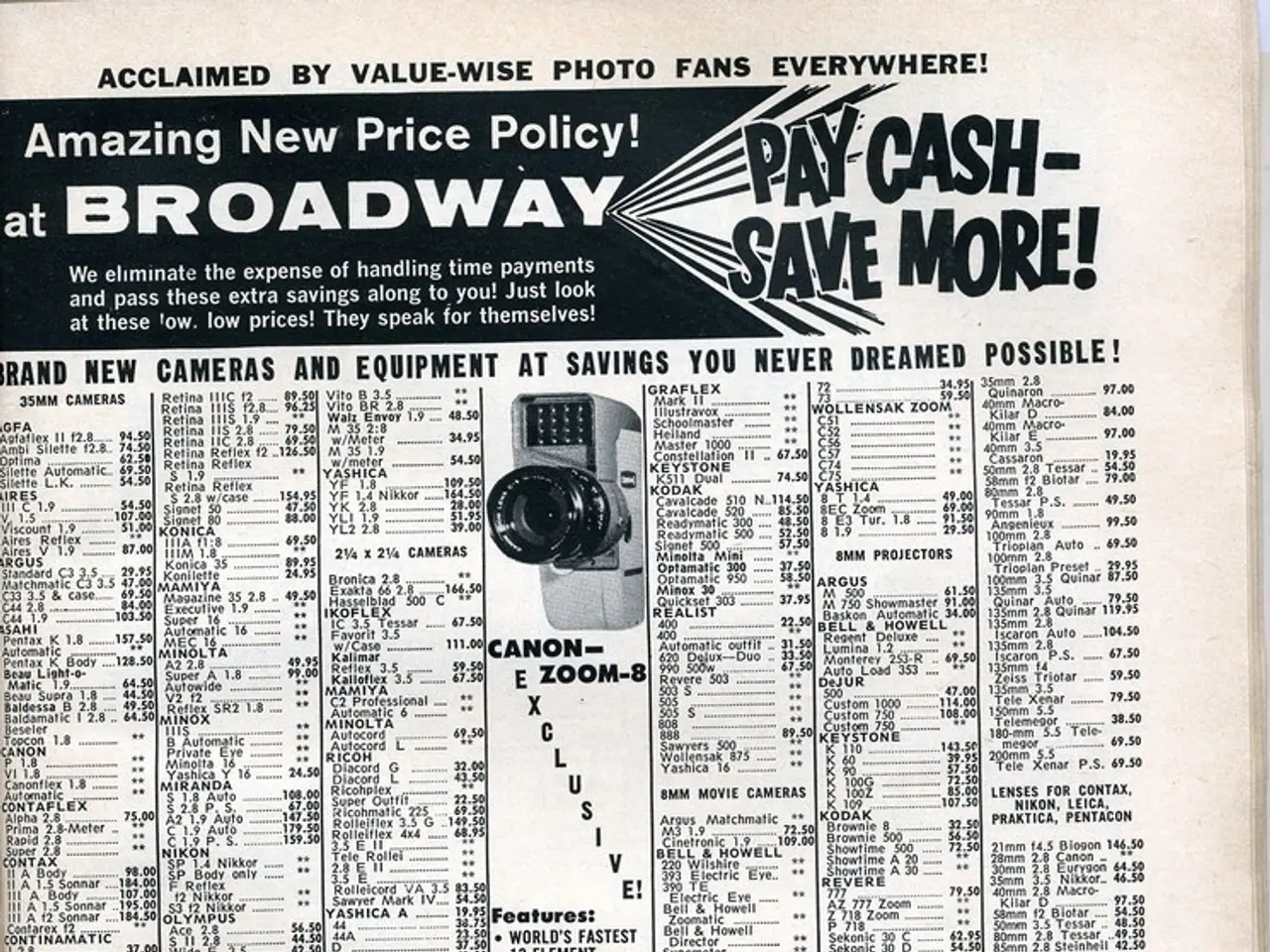U.S. tax incentives for battery manufacturing facilities remain intact, prompting Ford to push forward with the construction of their LFP plant in Michigan.
The current status of the US Clean Energy policy, particularly regarding the Section 45X Advanced Manufacturing Production Credit, reflects significant updates under the recently enacted One Big Beautiful Bill Act (OBBBA). These changes have direct implications for the US-China competition in clean energy technologies and specifically for battery manufacturing facilities like Ford's LFP battery plant in Marshall, Michigan.
### Preservation and Changes to Section 45X Advanced Manufacturing Production Credit
Section 45X, initially introduced by the Inflation Reduction Act of 2022, incentivizes domestic production of clean energy components such as battery cells and modules by providing per-unit tax credits. The OBBBA updates alter this credit's structure, eligibility, and phase-out schedule but importantly maintain tax incentives for battery manufacturing in the US. The credit applies to eligible components manufactured and sold within the US or its possessions, supporting domestic clean energy supply chains.
### Key Changes Impacting Battery Manufacturing
The credit value for battery cells and modules remains significant ($35 per kWh), encouraging ongoing production. The OBBBA tightened eligibility by allowing only direct materials used in producing eligible components to count toward the credit, excluding facilities that previously claimed Section 48C credits, and restricting credits if any material assistance comes from prohibited foreign entities after December 31, 2025, aiming to curb reliance on foreign adversaries like China. The credit will phase down gradually starting in 2030, reaching zero by 2033 for critical minerals other than metallurgical coal, which ends after 2029. Battery production credits will phase out after 2032.
### Effects on Ford’s LFP Battery Plant in Marshall, Michigan
Ford’s investment in its Lithium Iron Phosphate (LFP) battery plant in Marshall benefits from these credits, as the plant produces eligible battery cells and modules satisfying US origin criteria. These tax incentives significantly lower manufacturing costs and improve US competitiveness against China, which dominates battery supply chains globally. The restrictions on foreign entity involvement further shield US production from Chinese supply chain influence, fostering domestic technology leadership in clean energy storage.
### Impact on US-China Clean Energy Competition
By preserving and modifying Section 45X to exclude foreign-influenced entities and emphasize US-based production, the US aims to reduce dependence on Chinese raw materials and battery components. The continuation and strategic tightening of this credit help maintain investment momentum in US advanced battery manufacturing, positioning companies like Ford to challenge Chinese dominance in clean energy technologies. The phaseout schedules create incentives to scale manufacturing quickly within the next decade, leveraging the tax credit window effectively.
In summary, the One Big Beautiful Bill Act preserves Section 45X Advanced Manufacturing Credits for battery manufacturing with new restrictions limiting Chinese involvement, thereby bolstering American battery plants such as Ford’s in Marshall, Michigan. These measures strategically enhance US competitiveness in the global clean energy technology race against China, particularly in battery production and supply chains supported by sustained tax incentives through 2032.
[1] Source: US Congress Joint Committee on Taxation. (2022). General Explanation of the Tax Provisions Contained in the Inflation Reduction Act. Retrieved from
Electric vehicles and battery tech play a crucial role in the US-China clean energy competition, with the recent updates to Section 45X Advanced Manufacturing Production Credit under the One Big Beautiful Bill Act (OBBBA) having a direct impact. The credit, which provides tax incentives for battery manufacturing in the US, has been modified to exclude foreign-influenced entities, aiming to limit reliance on China. This measure is designed to promote domestic technology leadership in clean energy storage, such as the Lithium Iron Phosphate (LFP) battery plant in Marshall, Michigan run by Ford. The preservation and strategic modification of Section 45X will bolster American battery plants and enhance US competitiveness in the global clean energy technology race against China, particularly in battery production and supply chains. This continued investment momentum in US advanced battery manufacturing will be sustained by tax incentives through 2032.




